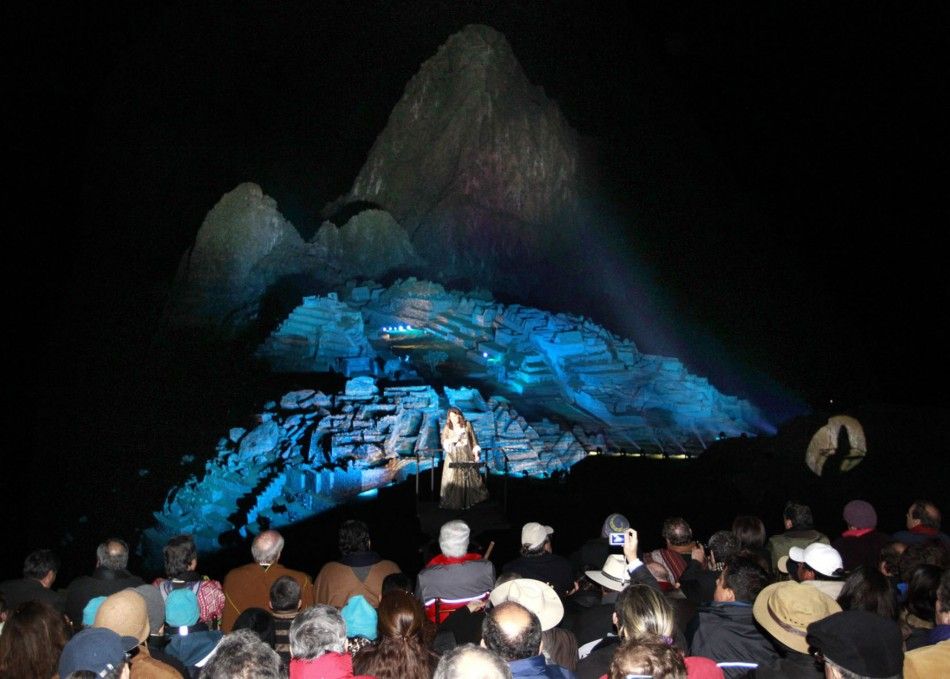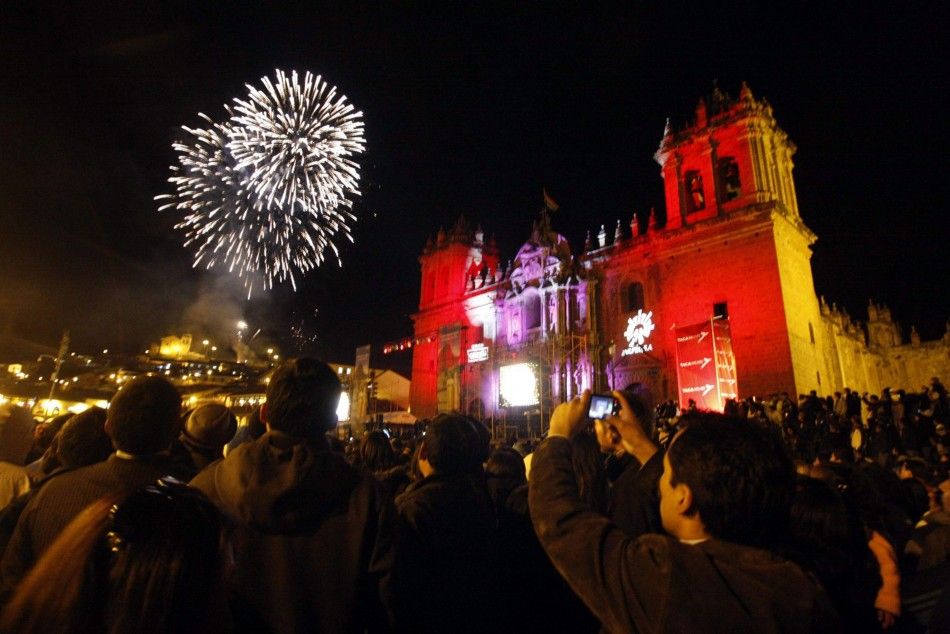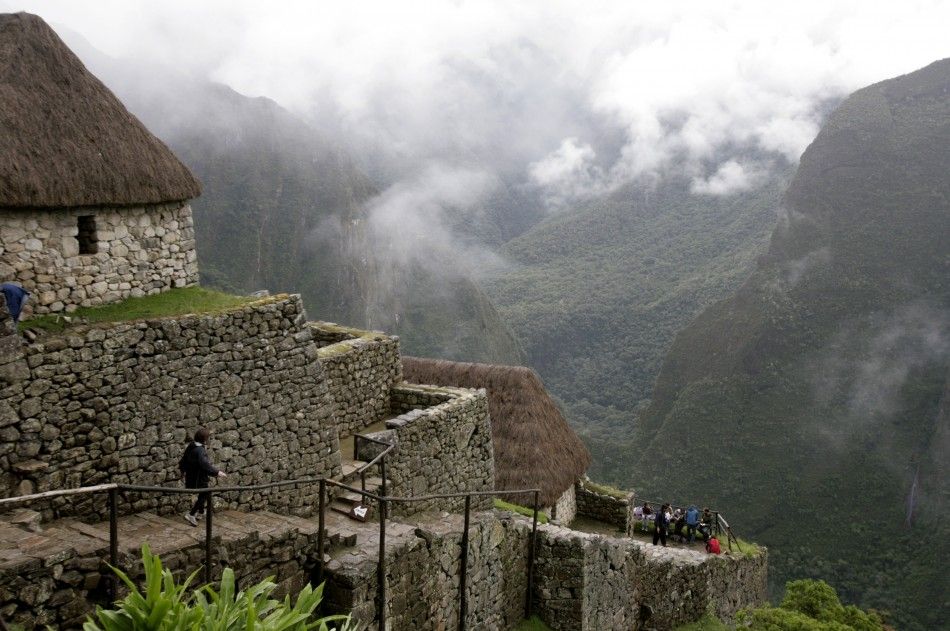Peru Celebrates 100th Anniversary of Machu Picchu Discovery
Peruvians celebrated the 100th anniversary of the discovery of Machu Picchu this week with fireworks, a symphony orchestra, and a massive light show - all of this at 7700 feet (2,350m) above sea level.
Built in the Andean mountain range in southeastern Peru, Machu Picchu (or Old Peak) is a pre-Columbian 15th century Inca site situated on a mountain ridge above the Urubamba Valley. Most archeologists believe that it was built as an estate for the Inca emperor Pachacuti.
Known as the Lost City of the Incas Machu Picchu was abandoned in 1572 - just over 100 years after it was built - as a belated result of the Spanish Conquest. In July of 1911, Hiram Bingham, an American historian employed as a lecturer at Yale University, announced the discovery of Machu Picchu to scholars. Though it is located just 50 miles (80 kilometers) from Cusco, the historic capital of the Inca Empire, the Spanish never found it. Over the years, the surrounding jungle grew over much of the site and few outsiders knew of its existence.
The 15thcentury citadel of carved stone structures was officially recognized as a UNESCO World Heritage Site in 1983 and a New Wonder of the World in 2007. It is, perhaps, the most familiar icon of the Inca world.
Press Start for a look at Machu Picchu and this week's celebrations.






© Copyright IBTimes 2025. All rights reserved.






















